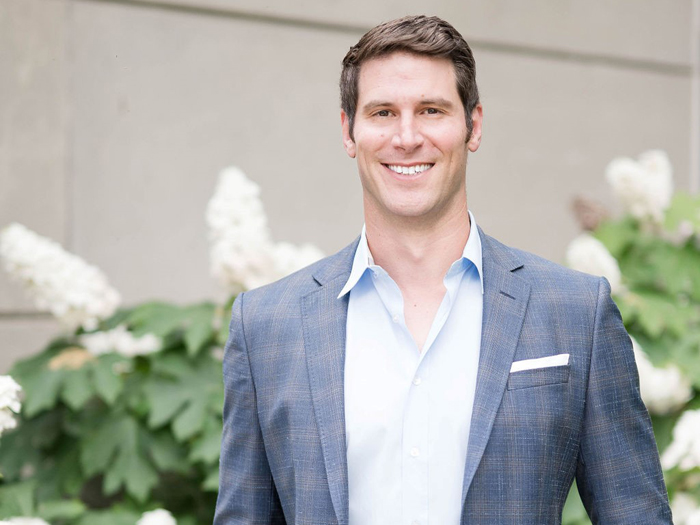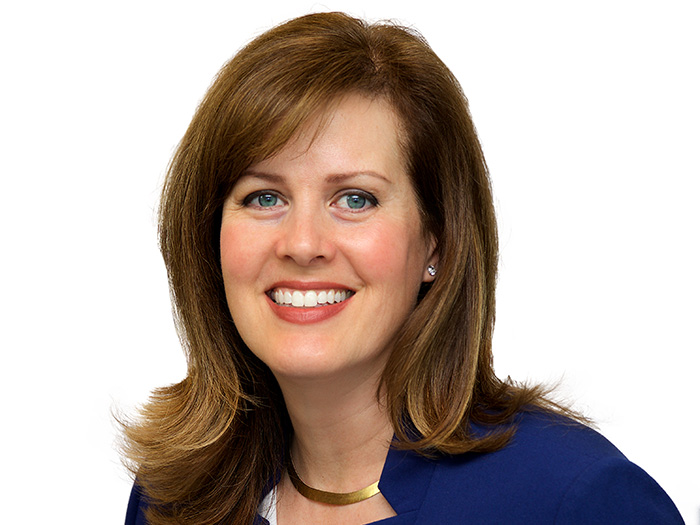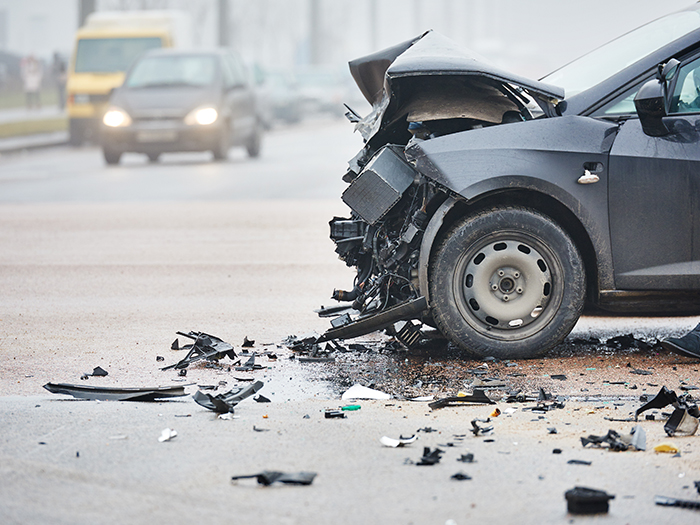IBHS’s Roy Wright on Natural Peril Property Resiliency, Part 1
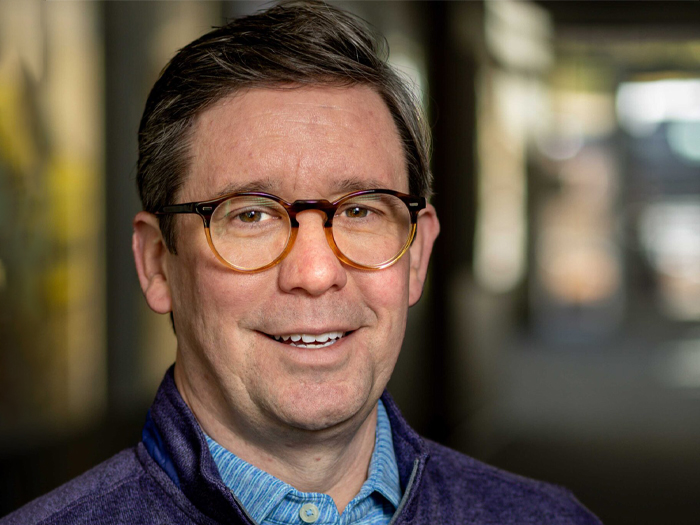
Since 1977, the nonprofit Insurance Institute for Business & Home Safety has used a scientific approach to expand our understanding of how property damage occurs — and how it can be prevented.
In testing individual materials and building products, IBHS is unique in its dedication to replicating the effects of natural perils as precisely as possible, even going so far as to develop its own methods for creating more natural irregularly shaped faux hailstones.
It’s unique in that it also tests structures holistically at 1:1 scale, too.
At its 90-acre research facility in South Carolina, IBHS constructs entire buildings, then subjects them to simulated windstorms, hailstorms, ember storms and other perils to test their resilience in situations that mimic real-world conditions.
Risk & Insurance® recently spoke with Roy Wright, IBHS’s president and CEO, to learn more about how the organization studies building resilience and translates its insights into practical guidance for designers, builders, consumers and their insurers. What follows is part one of that interview, edited for clarity.
Risk & Insurance: Could you give me the capsule history of IBHS — how it came into being and how it’s evolved over the decades?
RW: IBHS was created back in 1977. Initially, it was known as the Insurance Institute for Property Loss Reduction. And then in 1997, 20 years in, it made an evolution into the Institute for Business & Home Safety.
Early on, there was clear attention to building codes and land use controls and new building design and even retrofits. But by the time we got to the early 2000s, the board really put a crystal-clear focus on these elements related to how to reduce the losses in the built environment in very specific ways.
Following Hurricane Katrina, the property insurance world re-upped in this space, ultimately constructing our Research Center that was opened in 2010.
There’s been an evolution that goes back over 45 years, where the property insurance industry has understood this intersection between the built environment and the people who live in this country. How do we manage the losses in this space — to minimize them, but also to better approach the underwriting and pricing and all the other dimensions that come to bear as people understand the risks?
R&I: Can you describe the relationship between IBHS and the insurance industry?
RW: Back in 2011, the board chose to put “Insurance” back as the first word in the name. They did that at a time when the new Research Center had opened — I don’t want to overplay its meaning as much as to say that it was a point by which the insurance industry wanted to communicate that it was all-in on this space. This was an investment that the industry was making.
IBHS is a 501(c)(3). We’re a nonprofit, and we have a very clear public purpose, but we are exclusively funded by the property insurance world; 110 insurers and reinsurers came together to build our Research Center, but maybe even more impressive to me today, to make an annual investment toward more research.
It continues to drive down and speak to the work that we do, particularly related to wind, rain, hail and wildfire.
R&I: You mentioned the Research Center — could you describe the scope of the work that goes on there?
RW: The [IBHS] Research Center is the only place in North America where full-scale structures are able to be tested in the ways that Mother Nature attacks them: wind, wind-driven rain, hail and wildfire.
There are other testing labs in the country. At the largest scale, NASA has wind tunnels that test airplane parts, particularly wings. [But] most of the wind tunnels in the United States only do things at a smaller scale.
And while that is appropriate for some kinds of academic work, I think, for the work that we do, we need to understand exactly how that attack is going to happen, and how the structure as it’s built in situ in the open environment is going to perform.
So we can recreate winds of 135 miles an hour with the variable nature of gusts and the wind and rain that come together in that space. We have a unique ability under a patented piece related to our work on hail — it’s not about dropping steel balls on something; it’s about an ice ball that has all of the characteristics of what we see in nature.
We have the ability to recreate wildfire ember storms. The primary way that fires ignite is through embers, so how do you cast that with the wind dimensions that are brought to bear?
Those are the things that we uniquely do inside that test chamber.
But then more broadly, across our campus and in other places we do this across the country, we look at roofs. And we quite literally age roofs over five, seven, ten, twenty years to see how they perform.
Roofs are a primary point of vulnerability for homes. And most of the time, when they fail, they’re not just six months old. They are seven or 10-plus years, so on our campuses, we do work in that space as well.
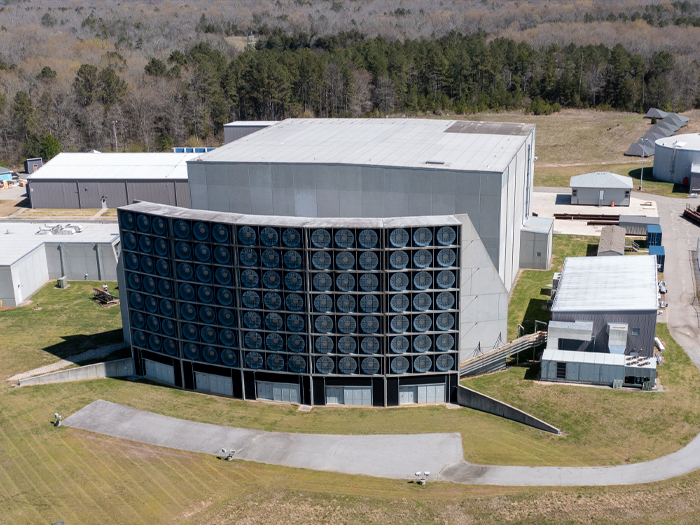
Located at its Research Center in South Carolina, IBHS’s test chamber is capable of generating winds up to 135 mph. Image courtesy of Insurance Institute for Business & Home Safety.
R&I: How do you decide which experiments to run?
RW: There’s a holistic view inside our organization that looks at the perils that drive risk, particularly those four: wind, wind-driven rain, hail and wildfire. And it’s not a sense of choosing one over the other.
As I look at the breadth of this country, you go out west and you will see pieces related to wildfire, but they’re not dealing with high winds in that space. Hail has a series of places geographically across the country; hurricane-driven winds clearly only play out in the Gulf Coast and on the Atlantic side, but severe convective storms coupled with tornadoes and derechos play in those spaces.
So as we work with our insurance company members, we really try to move all of those, and we’re a large enough organization that I don’t have to trade off one over the other. I can deal with the breadth in that space.
Now, in any given year, we have to choose which projects are going to advance. There’s only one test chamber, so the projects and the perils have to be sequenced in a way that allows us to look at that breadth. We work with our Research Advisory Council to choose those pursuits and do them in a way that answers questions that other people don’t have answers to.
We’re not the only folks who research in this space. There’s academic work and other private entity places. But our board has always instructed us to focus on the things that no one else is doing — to fill those gaps.
R&I: What are some of the more surprising things that you’ve discovered by running experiments at this scale?
RW: I think I need to answer by peril.
In the hail space, in prior decades, they quite literally tested roofing products by dropping steel balls on them. And so, it wasn’t a big “Aha!” moment to realize that steel balls aren’t hail. But our ability to attack various kinds of material — whether that’s roofing or siding or the others — with something that imitates Mother Nature has allowed us to see those pieces play.
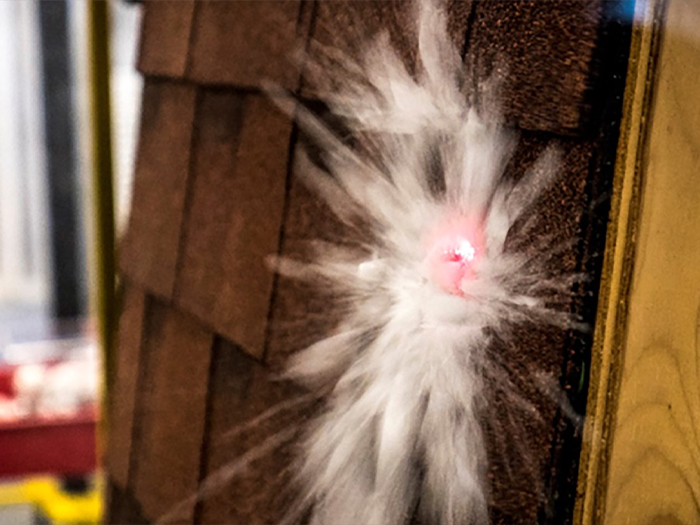
IBHS has developed its own system for developing irregular artificial hailstones that closely mimic the real thing. Image courtesy of Insurance Institute for Business & Home Safety.
In all of it, then, both from a wind and from a hail perspective, we see the degradation that happens on roofing products. And we test a whole range of them, including metal roofs and tile, but it’s asphalt shingles that are the most vulnerable. And we look at this element by which they quite literally are a disposable product.
But if you live in a part of the country that can experience high winds and other kinds of high-end severe convective storms, there’s a tipping point that happens somewhere between seven and 10 years, where you’re not going to be able to withstand a bad weather day. Your roof will shed normal rain just fine, but it will no longer be able to withstand that, and that’s contrary to the way that many Americans think about their product, because they think they bought a product at a certain decadal kind of length. That’s not going to survive to that point.
We’ve seen some very important pieces knowing that a roofing cover will get pulled up on high-wind days. Just the power of sealing a roof deck — simply adding that waterproof tape there along the seams — ensures that when you lose the roof cover, you don’t get water intrusion. Water intrusion is often a five-to-seven-times multiplier on the claims cost.
[We’ve learned] other things in the wind space about the kind of pressure changes that happen inside homes — a slight bending of a garage door can make your roof pop off. And you’re like, “Oh, I didn’t think — it’s just a garage door,” but there’s a pressure change and literally the balloon pops.
[With wildfire, the most important] piece to understand is that embers are what principally attack. As many as 90% of [fire-damaged] structures are ignited through direct or indirect elements of embers, so our work is really focused on some pieces within the five feet closest to the structure.
In the past, people would have looked at broader pieces of defensible space — out to 30 feet and 100 feet. And those are important, particularly in rural contexts, but in a suburban context, 30 feet away is your next door neighbor’s kitchen. So what do you do in that space?
And what we’ve seen in wildfire that is different, when compared to wind or even flood, is that a whole suite of actions has to take place in order for you to advance resilience.
On hurricane wind, shutters will do something for you; hurricane straps will do something for you. On wildfire, there’s a suite of actions that include defensible space, the roof and the vents, all of which have to be done before you’ve taken that first step forward toward resilience.
R&I: What are the advantages of being able to test full-scale buildings? Are there emergent properties of failure that can only be studied when you test an entire building?
RW: We have a small hail lab where we will look at the individual component pieces and materials. Think about siding — and there’s all kinds of different ways that siding is installed, different kinds of materials. And we will, at the scale of four-foot-by-six-foot panels, test that.
When we do roofing materials, in a very similar way, we’ll take a panel of that roofing material, and we can pummel it with ice ball after ice ball after ice ball so we can learn a piece of it individually.
But on homes, on structures and businesses — buildings are always a system. And what we can uniquely do is then take those siding materials and understand, “If they’re attacked in this way at these angles, they perform this way.”
But then when we add the winds and the hail, when we put the wind-driven rain coming at different angles, when we look at the wind dimensions of wildfire embers and where they attack and where they accumulate — you can only do that when you can actually see it on the structure with a steep sloped roof, with gutters and decks performing in these ways.
We have come to very deeply understand that if you don’t do them together, you’re missing a significant part of the insight. We bring both pieces together. &
Our conversation with Roy Wright continues in part two, available here.






